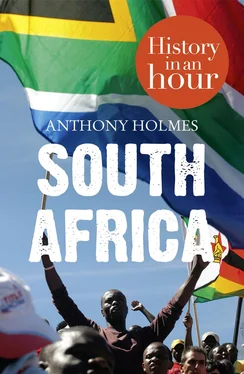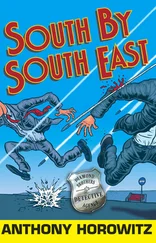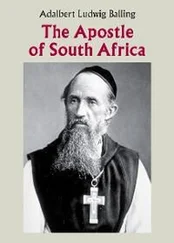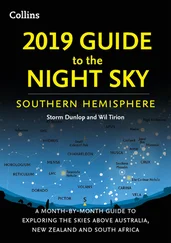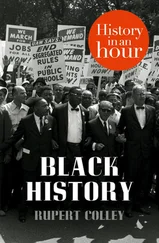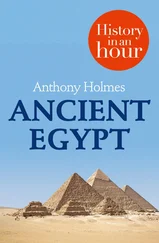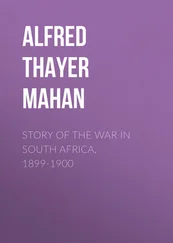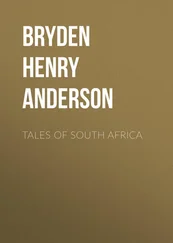In a tragic turn of events in 1857, the Xhosa were persuaded by their witch doctors that they would succeed against the white man if they destroyed all their own cattle. This disastrous self-inflicted catastrophe resulted in 400,000 head of cattle being killed and 40,000 Xhosa dying of starvation, which so weakened the Xhosa that military action was not pursued for a generation. In 1877 further pressure from the white colonists brought a final and hopeless military response from the Xhosa. The Cape Colony annexed all remaining Xhosa lands effectively ending the independence of the Xhosa.
The Coloured (Mixed Race) People
In the Cape Colony itself, the remnants of Khoikhoi that had not moved away mingled with the slaves from elsewhere in Africa. They interbred with white people and with a new category of slaves from the East, particularly Malaysia, producing the mixed race group which was later given the designation of ‘Coloured’. The slaves from East Asia brought Islam into the Calvinistic settler establishment. The vryburgers employed the slaves to help with domestic chores and the cultivation of wine, vegetables, and wheat. A few slaves were freed on their owners’ death and earned a living by catching fish and selling vegetables.
It would not be until 1833, following the Slavery Abolition Act in Britain that a law was passed in South Africa freeing all slaves – thirty-two years prior to the ending of slavery in the US. The law allowed for a four-year apprenticeship after which slaves were free to leave their owners but which left many slave owners bankrupt because there was no one left to perform the labour.
‘The Great Trek’ from British Rule ‘The Great Trek’ from British Rule Self Government for the Cape Colony The War between the Zulus and the White Colonists The Boers Versus the British The National Party of South Africa The Struggle for Equality Apartheid Black Resistance and the Sharpeville Massacre International Pressure and Internal Armed Resistance Right-Wing Extremism and the AWP Global Condemnation of Apartheid The Tri-Cameral Parliament The Struggle Escalates Towards a Better Future for All The New South African Constitution Appendix 1: Key Players Appendix 2: Timeline of South Africa Got Another Hour? About the Publisher Конец ознакомительного фрагмента. Текст предоставлен ООО «ЛитРес». Прочитайте эту книгу целиком, купив полную легальную версию на ЛитРес. Безопасно оплатить книгу можно банковской картой Visa, MasterCard, Maestro, со счета мобильного телефона, с платежного терминала, в салоне МТС или Связной, через PayPal, WebMoney, Яндекс.Деньги, QIWI Кошелек, бонусными картами или другим удобным Вам способом.
The Dutch-speaking colonists did not take kindly to British rule. They blamed the new administration for not providing sufficient protection from the Xhosa, abolishing slavery, and espousing a new liberalism towards black Africans. 1836 witnessed the first of several migrations to the north and north-east. Approximately 14,000 people, including servants and employees, embarked on what collectively became known as the ‘Great Trek’, the mass migration of Dutch-speaking colonists searching for a promised land where they could establish a free and independent state. The lifestyle of the ‘trekboers’ (nomadic farmers) enabled them to pack their possessions into ox-drawn wagons and leave the colony forever.
The families who set out from the eastern frontier towns represented a small fraction of the Dutch-speaking inhabitants of the colony. Called Dutch Boers by the British, they called themselves as Afrikaners. Their pioneering courage is remembered as the most important aspect of Afrikaner folk memory.
Represented in later days as a peaceful and God-fearing journey into the unknown, the Great Trek caused tremendous upheaval in the lives of the indigenous people. Messengers made their way to the chiefs of the Sotho clans to report that the white men were coming in their hundreds.
The Voortrekker Monument
The Voortrekkers (pioneers) had to face the uninviting prospect of the barren Kalahari Desert, the tsetse fly belt, and the realm of the deadly malarial mosquito. Yet they trekked onwards, intent on gaining access to ports beyond the sphere of British control, at Delagoa Bay, Inhambane, and Sofala. In order for their new settlement to be viable, it was crucial that they establish independent trading links with Europe.
The British resented any intrusion by other European powers in their colony’s affairs. Whenever ‘foreign’ interference was detected, the British used the expedient of annexing the territory concerned. In the 1840s, the Voortrekkers of the Republic of Natalia endeavoured to open contacts with the Netherlands, so the British annexed Natal, but recognized independent Boer republics in Transvaal and the Orange Free State. In the 1880s Germany annexed South West Africa (modern Namibia) resulting in the British pre-emptive action of annexing Bechuanaland (modern Botswana).
Self Government for the Cape Colony Self Government for the Cape Colony The War between the Zulus and the White Colonists The Boers Versus the British The National Party of South Africa The Struggle for Equality Apartheid Black Resistance and the Sharpeville Massacre International Pressure and Internal Armed Resistance Right-Wing Extremism and the AWP Global Condemnation of Apartheid The Tri-Cameral Parliament The Struggle Escalates Towards a Better Future for All The New South African Constitution Appendix 1: Key Players Appendix 2: Timeline of South Africa Got Another Hour? About the Publisher Конец ознакомительного фрагмента. Текст предоставлен ООО «ЛитРес». Прочитайте эту книгу целиком, купив полную легальную версию на ЛитРес. Безопасно оплатить книгу можно банковской картой Visa, MasterCard, Maestro, со счета мобильного телефона, с платежного терминала, в салоне МТС или Связной, через PayPal, WebMoney, Яндекс.Деньги, QIWI Кошелек, бонусными картами или другим удобным Вам способом.
In 1853, the British Government conferred a representative legislature on the Cape Colony which made a timid move towards political equality among the races. The non-racial franchise was based on economic qualifications, but in practice it excluded the vast majority of black and coloured people. Nevertheless, the promise of full political inclusion existed. In 1872 the Cape Colony was granted self government. Over the following twenty years the expansion of the colony resulted in the inclusion of great numbers of native voters. The government progressively raised the franchise hurdle. Communal land ownership was excluded as a qualification and proof of the ability to write was introduced as a requirement.
The Discovery of Diamonds
An exciting new element entered the economic and political balance: diamonds were discovered in 1867 when two children found a shiny pebble near the Orange River, leading to the development of the town of Kimberley. As a consequence, interested parties now realized that the land opened up by the migration of the Boers had more than just nuisance value. There was wealth for the taking.
The ‘Big Hole’ at Kimberley
I, Bothar
In a totally predictable move the area around Kimberley, known as Griqualand, was incorporated into the Cape Colony in 1880. Thousands of prospectors and diamond diggers were attracted from all over the world to Kimberley. Like so many termites, they attacked the outcrop of diamond-bearing ground with such voracity that it was transformed from a hill into the famous ‘Big Hole’.
Читать дальше
